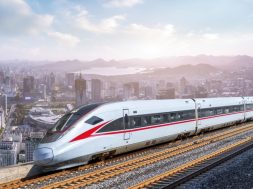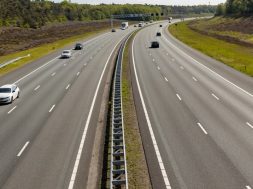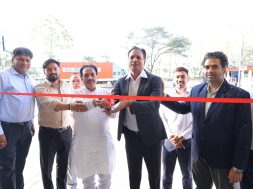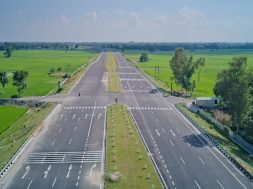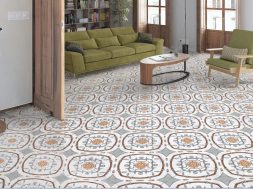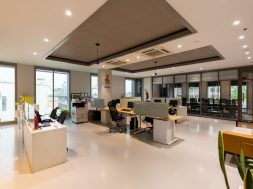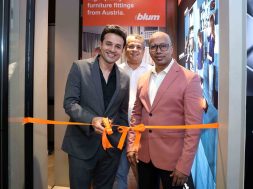UOOU Studio ensures durable designs with locally sourced, tough materials
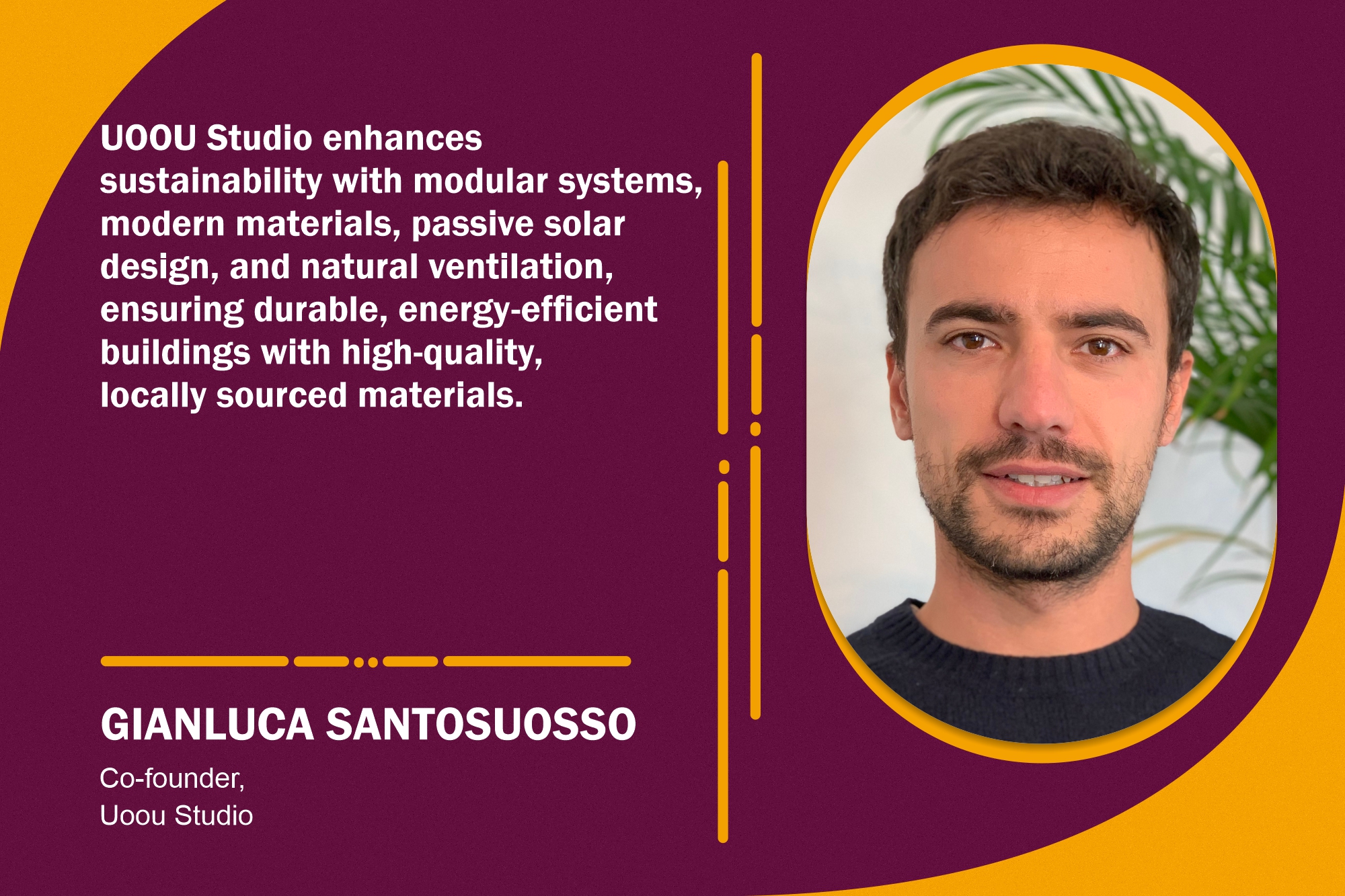
This interaction delves into how UOOU Studio revolutionises sustainable construction with modular systems, renewable materials, and energy-efficient designs.
Can you discuss any innovative construction methods you use to enhance project sustainability?
UOOU Studio employs new construction methods, such as modular systems and modern materials. For example, in the Hive Project, we built structures with sustainable materials such as locally produced lumber and hemp fibres for wall insulation. This strategy supports ecological balance and community resilience by ensuring structures can survive various situations while reducing environmental impact. We also envisaged floating houses that could adapt to increasing sea levels, built with locally sourced materials like bamboo and recycled plastic, self-sufficient energy and water systems like solar panels and rainwater collection. These houses are designed to withstand increasing sea levels, ensuring sustainability and adaptation, as the New Kiribati Project demonstrated.
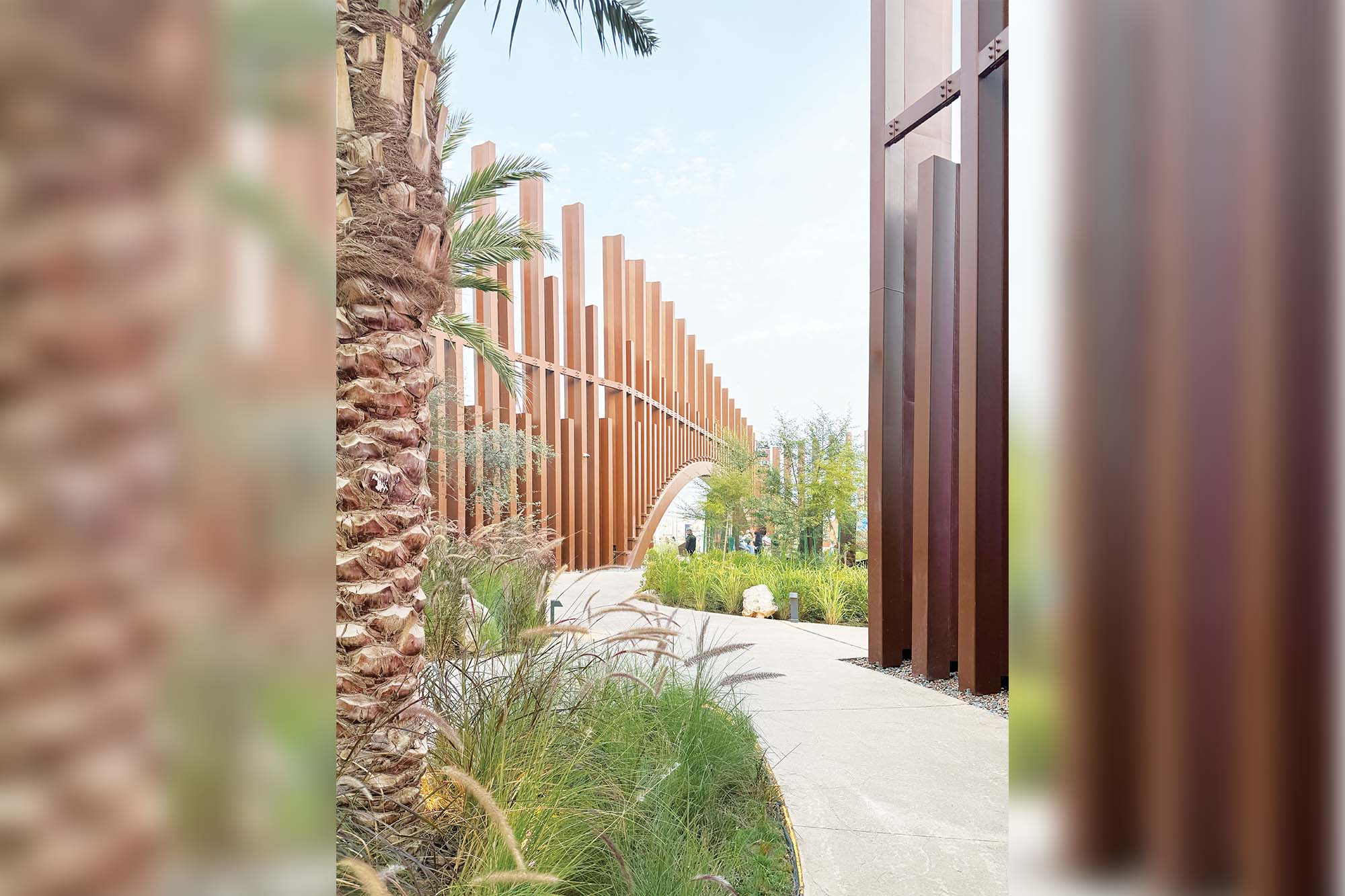
What strategies do you implement to maximise energy efficiency in your building designs?
UOOU Studio implements different ways to increase energy efficiency. Our Silence Amplifier Project demonstrates how passive solar architecture, high-performance insulation, and energy-efficient HVAC systems may drastically cut energy use. We also incorporate solar panels and rainwater collection systems into most of our designs, making the energy of the housing units self-sufficient. This strategy reduces reliance on external energy sources and increases sustainability.
What design elements do you incorporate to enhance natural lighting and ventilation?
Natural lighting and ventilation are key to our design philosophy, which draws inspiration from nature. A visible example is our incorporation of natural ventilation systems found in desert termite mounds into modern architecture. These termite mounds, considered engineering wonders, provide consistent ventilation even in the driest areas. The mounds have base apertures that suck in fresh air, and stale air leaves from the top. This fresh air flows via tunnels and cells, with termites controlling the entrances to maintain temperature. By researching this biological structure, we created the Desert Nest Project, which is more sustainable and efficient. The Treeoffice Project also includes transparent PV systems incorporated into the windows and an open architecture to maximise natural light and circulation, resulting in a healthy and productive work environment. This design reduces the demand for artificial light and mechanical ventilation. Similarly, in the Terracielo Project, we used skylights and strategically located windows to increase daylight penetration and natural ventilation throughout the building.

Can you discuss the challenges and benefits of designing energy-self-sufficient buildings?
Designing energy-efficient buildings offers obstacles such as increased initial costs and integrating new technologies. However, such structures provide numerous advantages, including long-term energy savings, lower environmental impact, and enhanced resistance to climate change. With the S.A.I.L.S. Project, we wanted to show how energy self-sufficiency can improve building functionality and sustainability by upcycling used sails (from sailing boats) into shading systems and roof-integrated solar panels, making buildings more adaptable and cost-effective in the long run.
How do you ensure that your sustainable designs remain durable and require minimal maintenance?
UOOU Studio’s designs are intended to ensure each project’s endurance and low maintenance by using high-quality, tough materials. We emphasise using locally available, robust materials such as lumber and natural stone that can withstand environmental challenges, assuring longevity and low maintenance. Similarly, the New Kiribati Project employs strong construction techniques and materials for harsh marine environments, such as treated bamboo and corrosion-resistant fasteners, guaranteeing that the structures are functional and require little maintenance. Our focus on durability guarantees that our sustainable designs are long-lasting and cost-effective.
For more details, visit:https://uooustudio.com/work
Cookie Consent
We use cookies to personalize your experience. By continuing to visit this website you agree to our Terms & Conditions, Privacy Policy and Cookie Policy.

